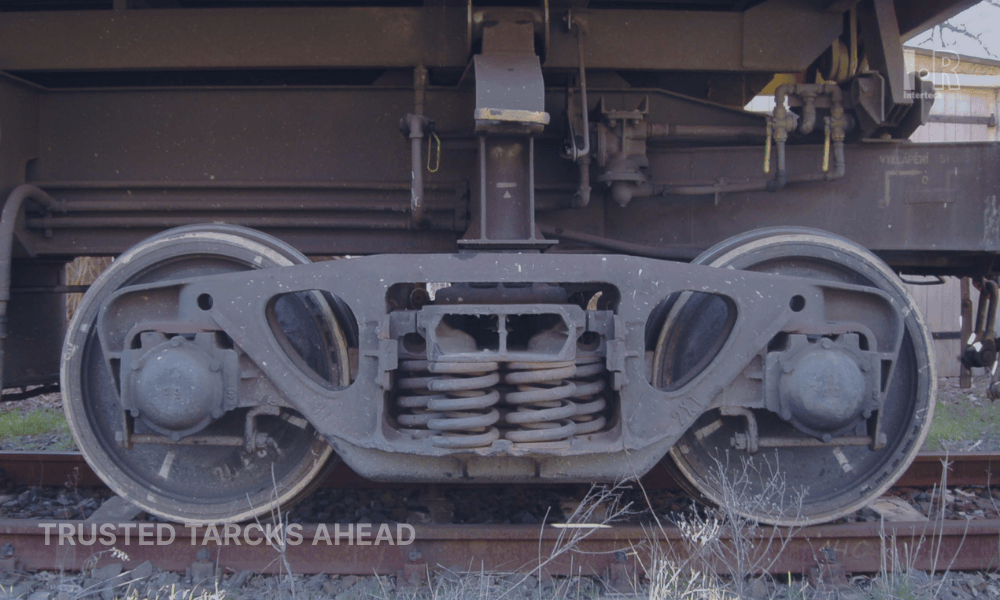AAR 918: The Key to Efficient Rail Fleet Control in the USA
Efficient rail fleet control is crucial for the smooth operation of the transportation industry in the United States. Over the years, the Association of American Railroads (AAR) has played a significant role in developing standards and protocols to ensure interoperability and safety. Among these, AAR 918 has emerged as a cornerstone for rail fleet control.
AAR 918, also known as the Automatic Equipment Identification (AEI) system, was first introduced in the late 1970s as a means to improve railcar tracking and monitoring. Its primary purpose was to enhance efficiency, safety, and data accuracy in rail operations. The AEI system utilizes radio frequency technology to identify and track railcars, enabling seamless communication and data exchange between the equipment and the rail network.
Advancements in Rail Fleet Control
Since its inception, AAR 918 has undergone significant advancements, aligning with technological progress and industry needs. The system has evolved to encompass a broader range of functionalities, improving rail fleet control in several key areas:
Enhanced Visibility and Tracking
AAR 918 enables real-time monitoring and tracking of railcars throughout their journey. Each railcar is equipped with an AEI tag, which contains essential information such as car type, ownership, and other identification details. By leveraging AEI readers strategically placed along the rail network, rail operators gain accurate visibility into the movement and status of each car. This information is crucial for efficient resource allocation, maintenance planning, and logistics management.
Streamlined Data Exchange
AAR 918 facilitates seamless data exchange between railcar owners, operators, and regulatory bodies. The standardized AEI tags ensure that the relevant information is consistently captured and shared across the industry. This simplifies tasks such as car inspections, regulatory compliance, and billing processes, ultimately improving efficiency and reducing administrative burdens.
Safety and Security Improvements
The AEI system has significantly contributed to enhancing safety and security in rail operations. By leveraging AAR 918, rail operators can monitor and detect anomalies such as excessive speeds, unauthorized access, and abnormal braking. This real-time monitoring capability enables prompt intervention, minimizing the risk of accidents and enhancing overall rail network security.
Maintenance Optimization
AAR 918 plays a vital role in optimizing railcar maintenance. The AEI tags store maintenance history, inspection records, and other critical information. This data-driven approach enables predictive maintenance planning, identifying potential issues before they lead to service disruptions. By proactively addressing maintenance needs, AAR 918 helps improve the reliability and availability of railcars, leading to more efficient fleet utilization.
Importance of AAR 918 in Rail Fleet Control
AAR 918 has become an integral part of rail fleet control in the USA due to its wide-ranging benefits. Here are a few key reasons why the system is of utmost importance:
Standardization and Interoperability
AAR 918 establishes a standardized framework for railcar identification and data exchange, promoting interoperability among various stakeholders. This uniformity enables seamless integration of different rail systems, improving efficiency and reducing operational complexities.
Efficiency and Cost Savings
The accurate and real-time information provided by AAR 918 enables rail operators to optimize fleet management, resource allocation, and maintenance planning. This results in improved operational efficiency, reduced downtime, and lower costs.
Safety and Compliance
By providing real-time monitoring and identification capabilities, AAR 918 contributes to enhanced safety and regulatory compliance within the rail industry.




